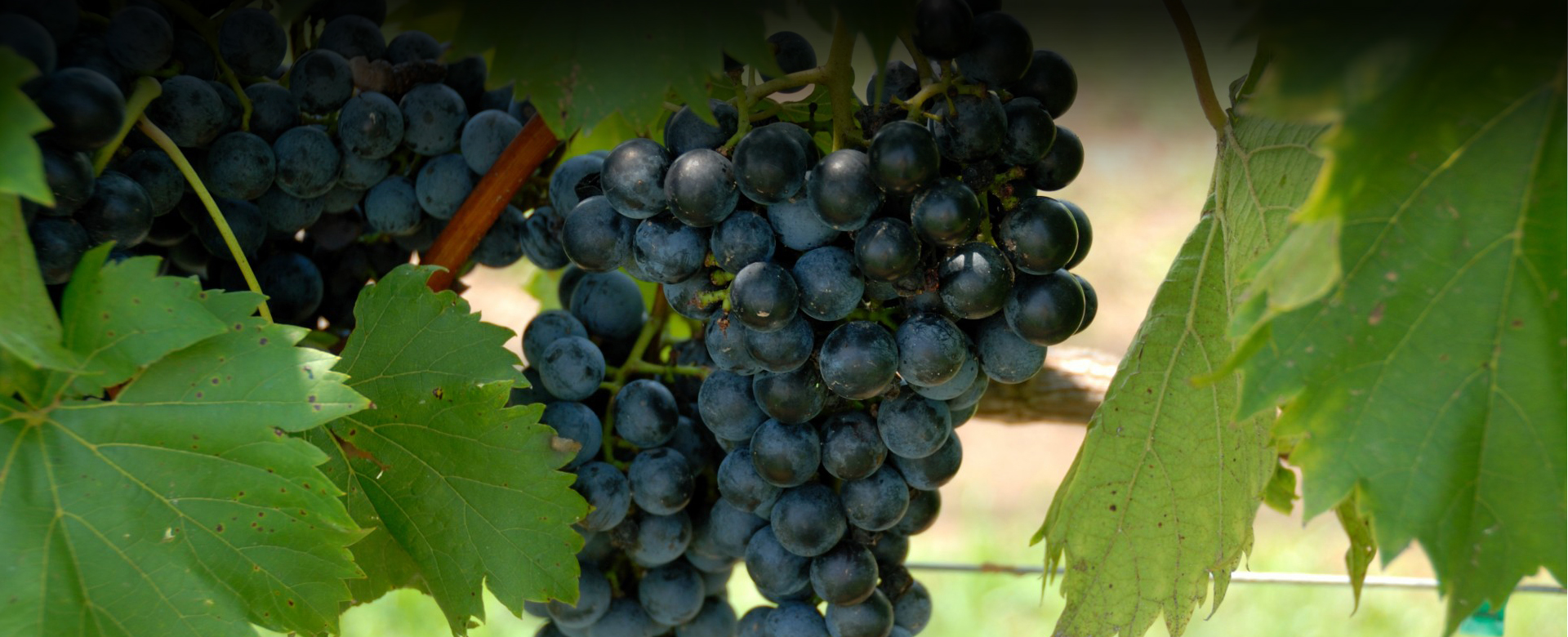Now more than 5 decades later, the Deep Root Irrigation (DRI) system provides a monumental upgrade to drip by channeling that water directly underground, unimpeded by conditions of the soil, immune from evaporation, reducing even further the amount of water and fertilizers required to achieve equal or often better results. And most importantly giving the farmer unprecedented control over their irrigation management.
More efficiency, less water, less energy, less fertilizers, less weeds, less pesticides, less surface humidity, less fungus and disease, fewer pests, less loss to evaporation, less maintenance, more robust vertical roots, cooler water uptake, less plant stress, better soil health, better crop set, more uniformity and consistency within each block, better control, more profits. Did we forget anything? ?
A. Calcification- Mineral build up is a by-product of evaporation. The DRI unit is not affected by evaporation because it is sealed off from air flow. B. Silt- because of the positive pressure coming from inside the DRI unit from the water supply, silt is constantly pushed away from the pores of the DRI unit. C. Root Intrusion- At the point from which water is released from the ¼” supply tube inside the soaker hose portion of the DRI there is a copper element which acts as a deterrent for capillary roots. Copper screening has long been used as root control for bamboo and other invasive landscape plants. *best practices in chemical and amendment applications through the DRI must also be followed to avoid “clobbering” of the system. For trials where only a few rows or partial blocks of DRI are being installed without independence from other methods, we will work with you to optimize the trial as best as possible using your existing sets By accomplishing more with less. Direct, unimpeded delivery to the roots means you only have to put IN exactly what your plant needs, not more to account for run-off, evaporation and poor soil absorption. Therefore, less water, less energy to push the water and less fertilizer and amendments are required compared to traditional surface methods. In addition, less water on the surface means less weeds, less pests and less disease. No open emitters or sprinklers means no calcification or clogging.

